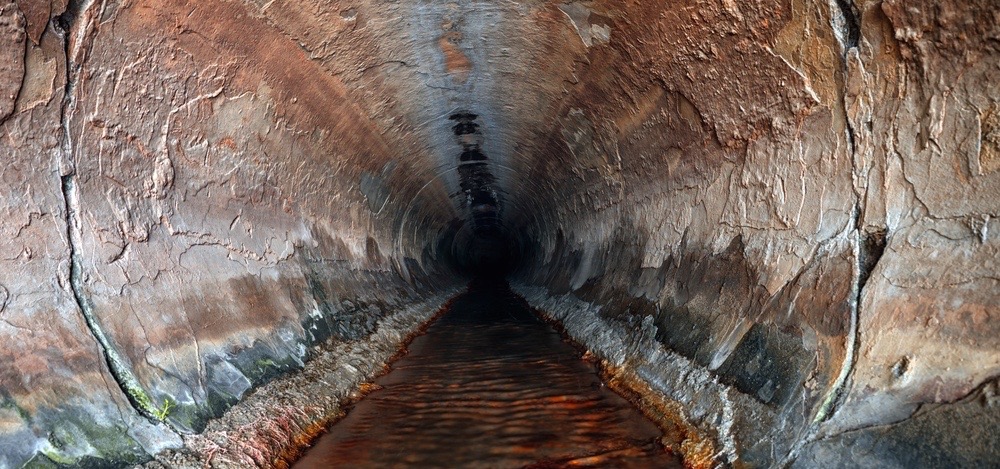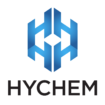Corroding concrete assets

Wastewater assets exist in a demanding environment due to a combination of hydrogen sulphide (H2S) , humidity, chemicals, bacteria and other contaminants. These factors contribute to the corrosion of these concrete assets over time which can be expensive to fix and cause costly downtime.
What causes corrosion?
Corrosion of wastewater systems is caused by exposure to elements such as water, salt, acid, and chlorine. These cause assets to degrade over time due to the reaction between the concrete or steel and the elements it is exposed to.
According to Colin Murphy, Product Manager for Hychem, the rate of this degradation can be attributed to a number of different factors.
“The main cause for corrosion is low pH levels caused by microbial H2S acid and gas,” Mr Murphy said.
H2S is a colourless gas with an odour of rotten eggs. It is heavier than air, and is poisonous, corrosive, flammable and explosive.
It is produced by organisms that grow on concrete surfaces under certain conditions such as elevated humidity, long periods of changing conditions like freezing and drying, and high carbon dioxide, chloride, salt and sulfate levels.
In a wastewater environment, H2S is absorbed by the concrete surfaces in manholes and pipes. When it is absorbed it oxidises and becomes sulfuric acid which lowers the pH levels of the concrete.
“Other factors that contribute to corrosion are high velocity liquid flow which can erode concrete mechanically, and poor ventilation and fluid temperature can increase the problem,” Mr Murphy said.
“Chemical bunds at dosing locations are also subject to numerous harsh acids including sodium hypochlorite, concentrated sulphuric acid and FSA.”
Mr Murphy said if assets are left untreated and unprotected, continued attack from these elements will lead to disastrous corrosion that will be expensive to repair or replace.
Protecting assets
According to Mr Murphy, protective coatings for wastewater assets need to be able to hold up to these harsh conditions over a long period of time.
“We have a number of clients in the wastewater industry who have been very impressed with the ability to rehabilitate their assets with our TL5 product,” Mr Murphy said.
Hychem TL5 complies with industry specifications and can be applied directly on new and damaged concrete in sewers and other wastewater assets with a coverage of in excess of 6mm in one application.
It has a number of other benefits including rapid turnaround time, good moisture tolerance and avoidance of intercoat adhesion, all which save time and money, and have better OH&S outcomes.
“There are also a range of coating solutions for chemical bunds including epoxy, polyurethane cement, MMAs and novolac epoxy,” Mr Murphy said.
“What is important is selecting a coating that suits the assets conditions, and complies with guidelines and specifications.”
For more information on coating solutions, please contact Hychem on (02) 4646 1660.
